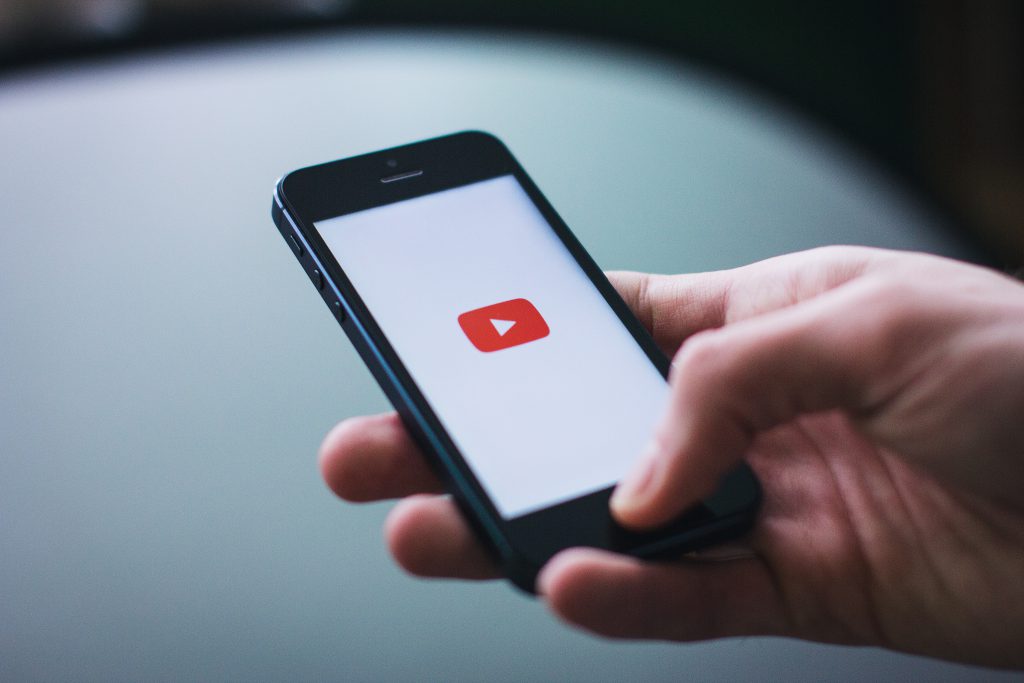
Exploring Revenue Generation on YouTube: An In-Depth Study
 Abstract
Abstract
As the leading video-sharing platform globally, YouTube has developed significantly since its inception in 2005. This investigation aims to analyze the various monetization strategies used by content creators on YouTube and their effectiveness. By analyzing data from different sources, including discussions with top content creators, YouTube analytics data, and sector studies, this study provides a comprehensive overview of how creators earn money. The research concludes with a discussion on the upcoming developments in YouTube monetization.
Context
YouTube's business model has changed dramatically over the years, shifting from a platform mostly for user-generated content into a lucrative avenue for content creators. With over 2 billion logged-in monthly users and more than 500 hours of content uploaded every minute, YouTube offers vast opportunities for monetization. This research aims to examine the multiple strategies used by YouTubers to generate revenue and assess their effectiveness.
Methodology
This research investigation employs a mixed-method approach. First-hand information was collected through in-depth discussions with ten successful YouTubers across various niches, including gaming, beauty, education, and vlogging. Secondary data was sourced from YouTube analytics, industry reports, and scholarly articles. This combination of qualitative and quantitative data provides a robust foundation for understanding YouTube monetization strategies.
 Monetization Strategies
Monetization Strategies
Commercial Revenue
Advertising earnings ranks as the most widespread monetization strategies on YouTube. Content creators can earn money through YouTube's Partner Program by featuring ads on their videos. These ads can appear in different formats, including pre-roll ads, mid-roll ads, display ads, and overlay ads. The revenue from ads vary based on factors such as the viewership, audience demographics, and engagement rates.
Effectiveness: Ad revenue can be a reliable source of income for creators with a substantial audience. However, it is affected by fluctuations based on changes in Buy youtube watch hours's algorithm and ad policies. Creators also face the problem of "adpocalypse," where content considered inappropriate by advertisers causes demonetization.
Membership Programs and Live Stream Donations
Channel memberships allow viewers to join a channel for a monthly fee, giving creators a steady income stream. In return, members receive advantages such as exclusive content, badges, and emojis. Super Chat is another feature where viewers can pay to have their messages featured during live streams.
Effectiveness: These features are particularly effective for creators with a committed fanbase. They encourage a sense of community and provide creators with a more predictable revenue stream compared to ad revenue.
Product Sales
Many YouTubers use their brand to market merchandise, including clothing, accessories, and digital products. Platforms like Teespring and Merchbar work with YouTube, making it more convenient for creators to display and sell their products directly through their channels.
Impact: Merchandising can be highly lucrative, especially for creators with strong brand identity and loyal followers. It also allows creators to diversify their income sources and reduce dependence on YouTube's ad revenue.
4. Sponsored Content and Brand Deals
Sponsored content involves partnerships with brands where creators endorse products or services in their videos. These deals can be very lucrative but require creators to stay genuine to avoid alienating their audience.
Impact: Sponsored content and brand deals can generate significant income, especially for creators with a substantial and engaged following. However, creators must strike a balance between sponsored content and organic content to preserve viewer trust.
5. Affiliate Marketing
Affiliate marketing involves creators promoting products or services and receiving a commission for every sale made through their referral links. This strategy is commonly used in niches like tech, beauty, and lifestyle.
Performance: Affiliate marketing can be a reliable income source, especially for creators who make review and tutorial content. The effectiveness mainly relies on the trust and influence the creator has over their audience.
Community Support
Platforms like Patreon allow creators to get financial support from their fans in exchange for exclusive content and perks. This model is notably prevalent among creators who produce niche content with a smaller but highly dedicated audience.
Effectiveness: Crowdfunding gives creators a consistent income stream and encourages a closer connection with their audience. It is especially beneficial for creators whose content may not be eligible for ad revenue.
Discussion
 The effectiveness of YouTube monetization strategies varies significantly based on several factors, including the creator's niche, audience demographics
The effectiveness of YouTube monetization strategies varies significantly based on several factors, including the creator's niche, audience demographics
 Abstract
AbstractAs the leading video-sharing platform globally, YouTube has developed significantly since its inception in 2005. This investigation aims to analyze the various monetization strategies used by content creators on YouTube and their effectiveness. By analyzing data from different sources, including discussions with top content creators, YouTube analytics data, and sector studies, this study provides a comprehensive overview of how creators earn money. The research concludes with a discussion on the upcoming developments in YouTube monetization.
Context
YouTube's business model has changed dramatically over the years, shifting from a platform mostly for user-generated content into a lucrative avenue for content creators. With over 2 billion logged-in monthly users and more than 500 hours of content uploaded every minute, YouTube offers vast opportunities for monetization. This research aims to examine the multiple strategies used by YouTubers to generate revenue and assess their effectiveness.
Methodology
This research investigation employs a mixed-method approach. First-hand information was collected through in-depth discussions with ten successful YouTubers across various niches, including gaming, beauty, education, and vlogging. Secondary data was sourced from YouTube analytics, industry reports, and scholarly articles. This combination of qualitative and quantitative data provides a robust foundation for understanding YouTube monetization strategies.
 Monetization Strategies
Monetization StrategiesCommercial Revenue
Advertising earnings ranks as the most widespread monetization strategies on YouTube. Content creators can earn money through YouTube's Partner Program by featuring ads on their videos. These ads can appear in different formats, including pre-roll ads, mid-roll ads, display ads, and overlay ads. The revenue from ads vary based on factors such as the viewership, audience demographics, and engagement rates.
Effectiveness: Ad revenue can be a reliable source of income for creators with a substantial audience. However, it is affected by fluctuations based on changes in Buy youtube watch hours's algorithm and ad policies. Creators also face the problem of "adpocalypse," where content considered inappropriate by advertisers causes demonetization.
Membership Programs and Live Stream Donations
Channel memberships allow viewers to join a channel for a monthly fee, giving creators a steady income stream. In return, members receive advantages such as exclusive content, badges, and emojis. Super Chat is another feature where viewers can pay to have their messages featured during live streams.
Effectiveness: These features are particularly effective for creators with a committed fanbase. They encourage a sense of community and provide creators with a more predictable revenue stream compared to ad revenue.
Product Sales
Many YouTubers use their brand to market merchandise, including clothing, accessories, and digital products. Platforms like Teespring and Merchbar work with YouTube, making it more convenient for creators to display and sell their products directly through their channels.
Impact: Merchandising can be highly lucrative, especially for creators with strong brand identity and loyal followers. It also allows creators to diversify their income sources and reduce dependence on YouTube's ad revenue.
4. Sponsored Content and Brand Deals
Sponsored content involves partnerships with brands where creators endorse products or services in their videos. These deals can be very lucrative but require creators to stay genuine to avoid alienating their audience.
Impact: Sponsored content and brand deals can generate significant income, especially for creators with a substantial and engaged following. However, creators must strike a balance between sponsored content and organic content to preserve viewer trust.
5. Affiliate Marketing
Affiliate marketing involves creators promoting products or services and receiving a commission for every sale made through their referral links. This strategy is commonly used in niches like tech, beauty, and lifestyle.
Performance: Affiliate marketing can be a reliable income source, especially for creators who make review and tutorial content. The effectiveness mainly relies on the trust and influence the creator has over their audience.
Community Support
Platforms like Patreon allow creators to get financial support from their fans in exchange for exclusive content and perks. This model is notably prevalent among creators who produce niche content with a smaller but highly dedicated audience.
Effectiveness: Crowdfunding gives creators a consistent income stream and encourages a closer connection with their audience. It is especially beneficial for creators whose content may not be eligible for ad revenue.
Discussion
 The effectiveness of YouTube monetization strategies varies significantly based on several factors, including the creator's niche, audience demographics
The effectiveness of YouTube monetization strategies varies significantly based on several factors, including the creator's niche, audience demographics